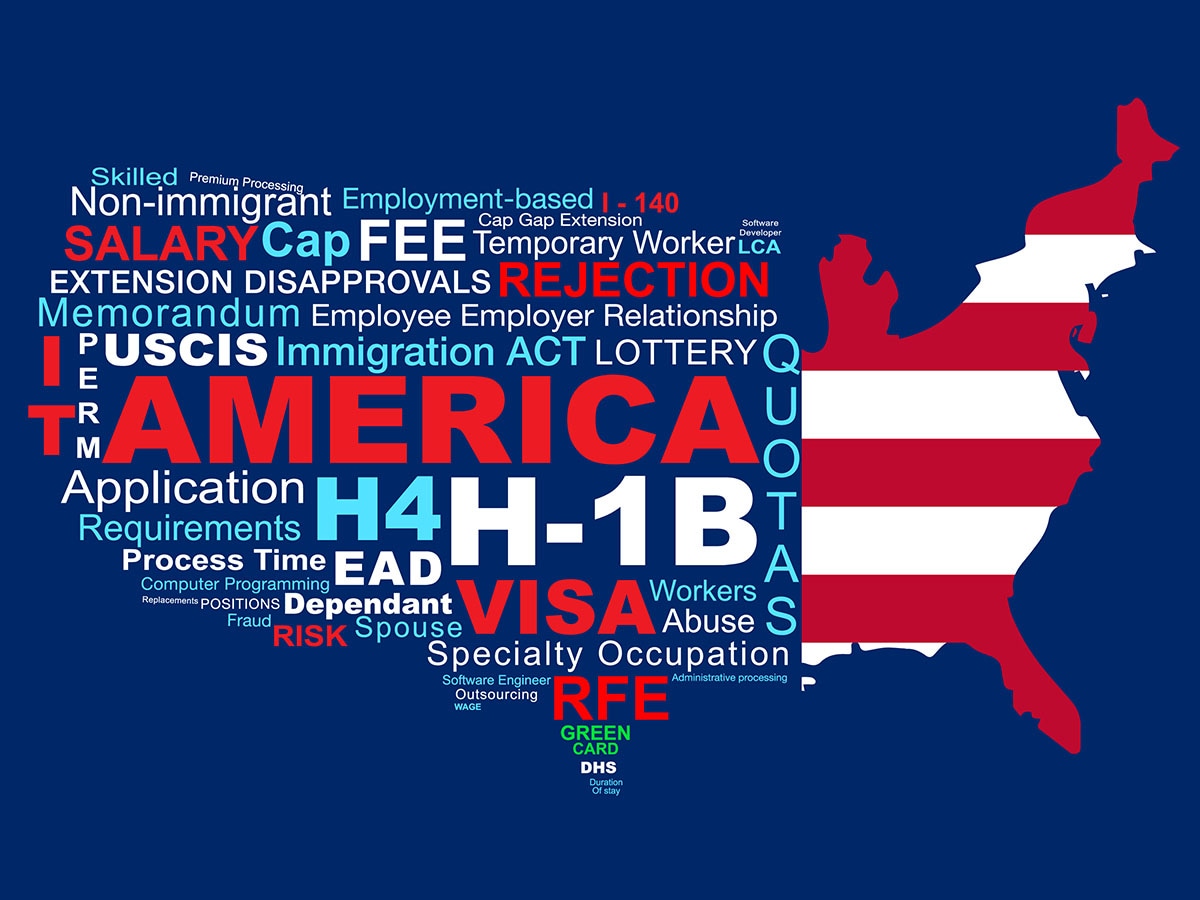 The H1B work visa debate has drawn in figures like Donald Trump, Elon Musk, Vivek Ramaswamy, and Bernie Sanders, capturing the attention of over 200 million people online and affecting 1.7 billion people across the US and India.
The H1B work visa debate has drawn in figures like Donald Trump, Elon Musk, Vivek Ramaswamy, and Bernie Sanders, capturing the attention of over 200 million people online and affecting 1.7 billion people across the US and India.
Image: Shutterstock
A visa programme intended to attract top talent to the United States has become a lightning rod for controversy and an unexpected battleground in America’s culture wars, with racial tensions against Indians at its core. The H1B work visa debate has drawn in figures like Donald Trump, Elon Musk, Vivek Ramaswamy, and Bernie Sanders, capturing the attention of over 200 million people online and affecting 1.7 billion people across the US and India.
The controversy ignited when Sriram Krishnan’s nomination as Trump’s senior White House policy advisor on AI sparked outrage among the far-Right Republican faction. An old tweet about removing “country caps” and snippets from a podcast I did with Krishnan were misinterpreted as advocating for unlimited Indian immigration, while the elevation of Indian-Americans like Vivek Ramaswamy and Kash Patel to key government positions led some to question Trump’s allegiance to the white Right.
The H1B programme, restructured in 1990, allows employers to sponsor foreign workers for “specialty occupations” through an annual lottery system allocating 85,000 spots (65,000 general + 20,000 for advanced degrees). The process costs employers $12,000-15,000 per application, with about 14-17 percent success rate given the 470,000 applications in 2024. The visa is valid for three years, extensible to six years, during which most pursue green cards through EB-2 or EB-3 categories. Indians dominate the programme, receiving about 60 percent of new H1Bs and 80 percent of renewals. Due to the country cap limiting green cards to 7 percent per nation, over 1 million Indians and their families are stuck in a 130-150 year backlog, forcing them to continuously extend their H1Bs. The tech industry absorbs roughly 70 percent of H1B workers, with 50-70 percent of Silicon Valley being foreign-born.
Proponents highlight impressive statistics: Indian-Americans comprise 1.5 percent of the US population but pay 6 percent of taxes, 44 percent of billion-dollar startup founders are foreign-born, and Indian CEOs lead major corporations like Google, Microsoft, and Adobe. Success stories span beyond tech giants—Indian entrepreneurs own roughly 50 percent of economy hotels in the US, and Indian-Americans hold the highest median household income at $145,000 among all ethnic groups. The median H1B salary of $123,000 is far higher than American median wage, countering the “cheap labour” argument. America’s shortage of tech graduates (160,000/year, only 64,000 being white) supports the need for foreign talent. With five Nobel laureates of Indian origin and about 10 percent of US physicians being Indian, advocates argue this demonstrates the programme’s ability to attract exceptional talent across multiple fields.
